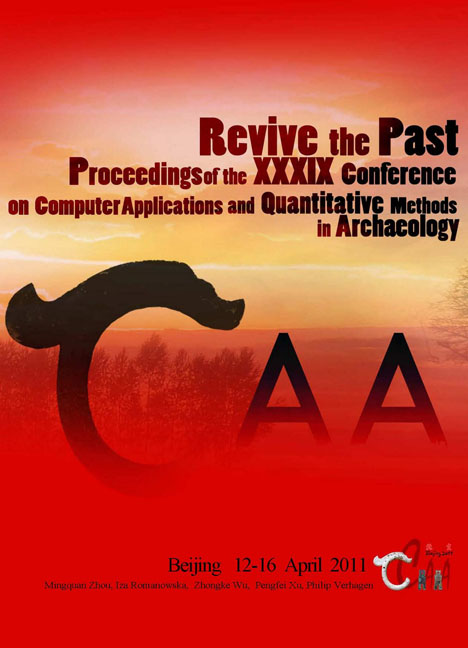 Revive the Past
Revive the Past A Conceptual Model for Cultural Heritage Definition and Motivation
Published online by Cambridge University Press: 23 June 2021
Summary
Abstract:
The appropriate management of archaeological heritage in particular, and cultural heritage in general, requires that we have a deep and shared understanding of what it is and what it is composed of. Without clear answers to these questions, efforts to act on and preserve cultural heritage run the risk to be misguided. This need has been acknowledged by charters and directives; however, there is no clear shared understanding of the underlying concepts and very few analytic efforts have been made to clarify them. Older approaches used to emphasise the intrinsic properties of something to decide whether or not it was part of cultural heritage; nowadays, the trend is to look at how communities of people assign value to things. This paper presents a conceptual model of cultural, including archaeological, heritage that addresses two major concerns: what cultural heritage is (its definition) and why something becomes cultural heritage (its motivation).
Key Words: Conceptual Model, Cultural Heritage, Ontology, Cultural Value
Introduction
Questions such as “what is cultural heritage?” or “what is cultural heritage composed of?” seem very difficult or impossible to answer in a comprehensive and objective way. However, we need to reach a consensus on what the answer is to these questions if we intend to act on cultural heritage across borders and cultures, and preserve it over the decades and hopefully centuries.
Different charters and directives such as (UNESCO 1972; ICOMOS 1979; UNESCO 2004) that deal with archaeological and other kinds of cultural heritage apparently contain answers to these questions. Also, national, regional and local regulations on archaeological matters often include a definition or description of what archaeological heritage (or a related concept) is considered to be. Although most of these definitions and descriptions are based on previous ones, an in-depth analysis of their semantics reveals two major issues. First of all, there is no shared understanding of what archaeological or cultural heritage is, or what it is made of. Each text defines it yet again, introducing new nuances and necessarily contradicting others, rather than adopting existing definitions by making a reference to a well-known source.
- Type
- Chapter
- Information
- Revive the PastProceedings of the 39th Conference of Computer Applications and Quantitative Methods in Archaeology, pp. 234 - 244Publisher: Amsterdam University PressPrint publication year: 2012


